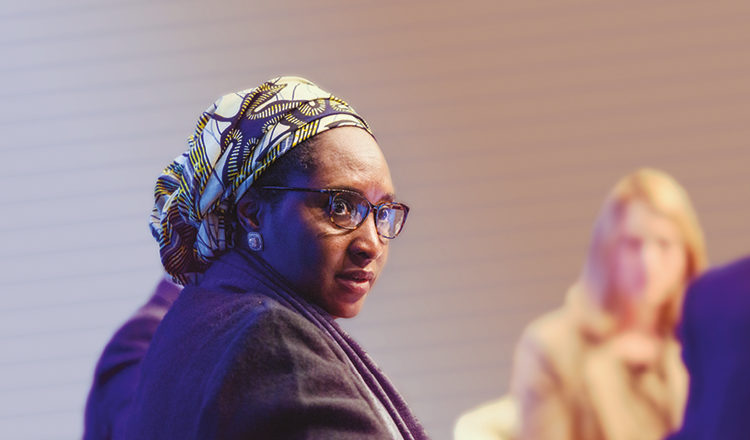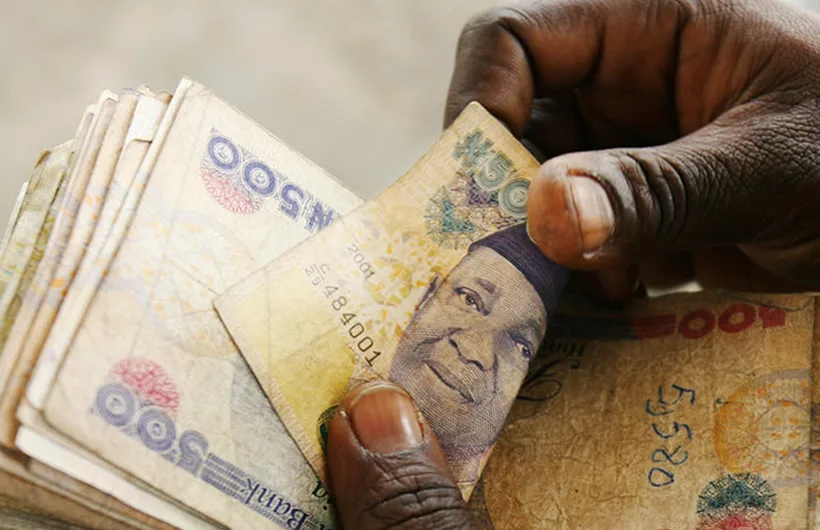Three years after signing the Safe Schools Declaration Ratification documents, the federal government has failed to implement the programme that was supposed to ensure the safety of Nigerian schools for teaching and learning.
President Muhammadu Buhari formally signed the programme on 31 December 2019, creating an impression of the government’s commitment to implementing the intergovernmental commitment in Nigeria. Three years down the line, the government is yet to give effect to an emergency programme that was meant to increase access and quality of education of over 40 million school children.
All schools in the Federal Capital Territory and nearby Nasarawa state have been shut and children sent home amid security fears. Other states are currently reviewing intelligence reports that suggest that armed groups are planning attacks in their respective states.
Minister of Finance, Budget and National Planning Zainab Ahmed told a stakeholders’ audience yesterday that the national government is currently in consultations with states, local governments and other critical agencies of government to develop a national plan for financing ‘safe schools’ programme.
She said the plan will incorporate state level plans, as well as federal government sectoral plans, with an emphasis on ensuring adequate budgetary allocation in order to create a safe learning environment for teaching, learning, and restoring confidence in the education system.
Many stakeholders including the World Bank and United Nations believe the government should prioritise implementation of the initiative to ensure that children go to school.
“This does not demonstrate an ability to ensure the rights of all children to the right to education. Circuit,” World Bank country director, Shubham Chaudhuri said yesterday.
But the finance minister insists “the goal is to develop a robust collaborative cost that prioritises plan which would adopt the whole society approach to safe schools,” Ahmed said, adding: “The national plan will be implemented in phases starting with most at risk states, local governments and schools host communities. This national plan is expected to be launched before the end of the 3rd quarter of 2022, and will clearly outline how Nigeria intends to protect her schools and other learning places, so that our children can once again return to learning in a safer and more secured environment.”
Chaudhuri said “no child will go to school if they do not benefit from it. No parents will risk sending their children to school if they don’t see a return.” He said what is incredible about Nigeria is that children still want to go to school even in a level dilapidated school or even at times, a shelter where there’s a bit of plastic on the roof, a reason he said they should be encouraged.
United States Ambassador to Nigeria, Mary Beth Leonard said “no country can afford to ignore its educational, food security, and physical security problems. Let’s take the learning crisis head-on and make it a top priority. There is urgent work to be done.
According to UNICEF, there are 18.5 million out-of-school children, 60 per cent of whom are girls.
Leonard said the US has invested in the capacity-building and training of over 150 Nigerian Police Force officers in the past six years. She said the US is also helping to develop a Transitional Police Unit (TPU) to be deployed in northeast Nigeria, which will allow the NPF to better focus on civilian criminal concerns.
Gordon Brown urged the federal government to give much importance to the need for greater information sharing and for communications on matters of intelligence to address the ongoing crisis and enhance success of the ‘safe schools’ initiative.
“I want to tell you that I’m committed to mobilise international financial support and worldwide expertise to deliver safe school programs and to benefit all children everywhere,” he added.
We’ve got the edge. Get real-time reports, breaking scoops, and exclusive angles delivered straight to your phone. Don’t settle for stale news. Join LEADERSHIP NEWS on WhatsApp for 24/7 updates →
Join Our WhatsApp Channel










